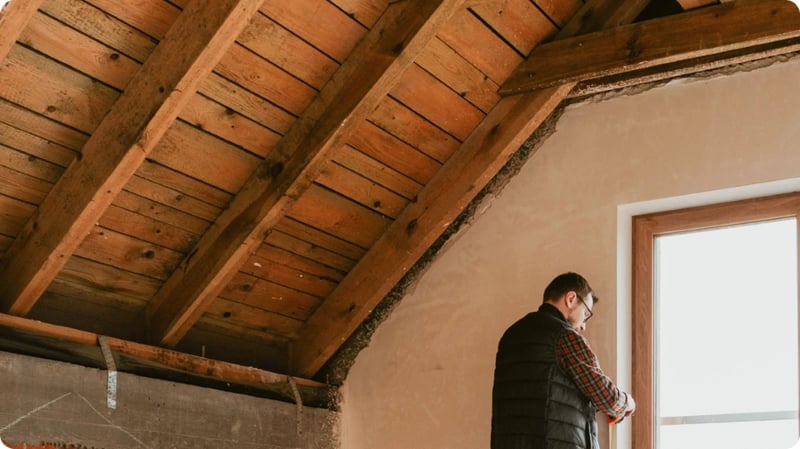Chicago summers can be brutal. Soaring temperatures translate to sky-high energy bills as your air conditioning struggles to keep up. But before you crank the AC to the max, consider the hidden culprit: insufficient attic insulation.
A well-insulated attic is crucial for keeping your home cool in summer and warm in winter. Not only will it save you money on energy bills, but it can also improve your home's comfort and indoor air quality. However, how do you know if your attic insulation is up to the task?
Fear not, Chicago homeowner! This guide will equip you with the tools to conduct a simple DIY attic inspection and identify signs that might indicate it's time for an insulation upgrade.
Step 1: Gear Up for Safety
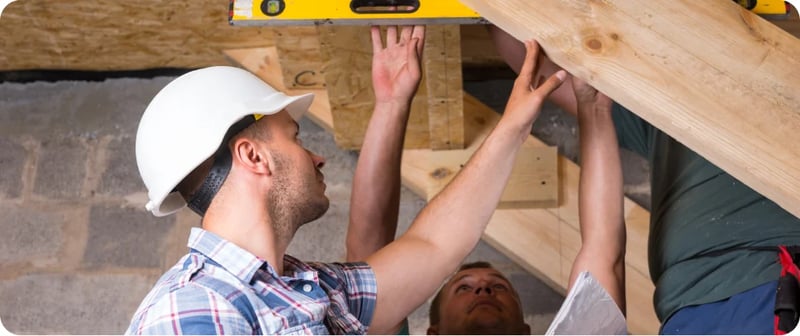
Attics can be dusty, and some insulation materials can be irritating. Before venturing up, grab a dust mask, gloves, long pants, and a long-sleeved shirt. A headlamp or flashlight will also be helpful to navigate dimly lit spaces.
Step 2: Assess Existing Insulation
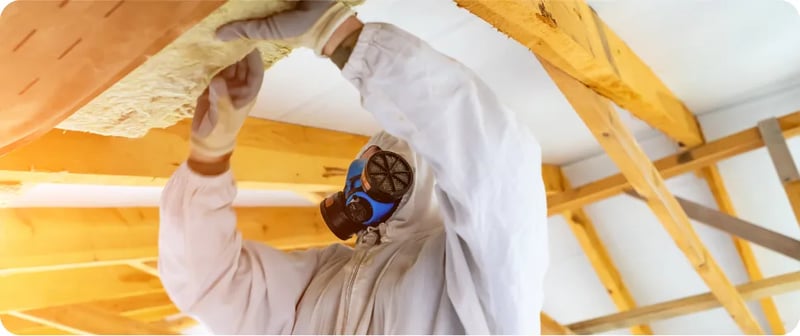
Once you're safely in the attic, locate your current insulation. Common types include fiberglass batts, blown-in cellulose, or loose-fill fiberglass. Now, for the key inspection points:
Step 3: Look for Other Warning Signs
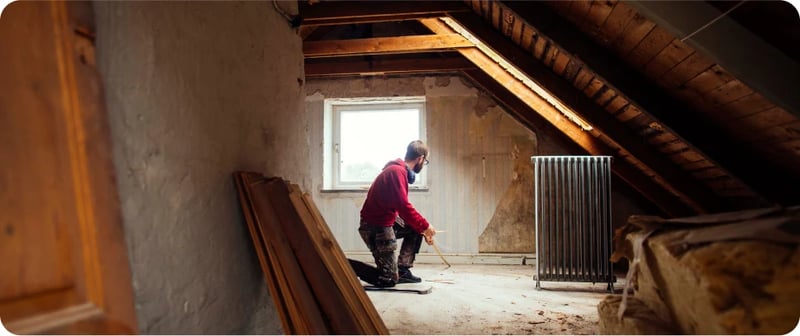
Beyond the insulation itself, keep an eye out for other signs that might indicate issues in your attic:
Step 4: Taking Action
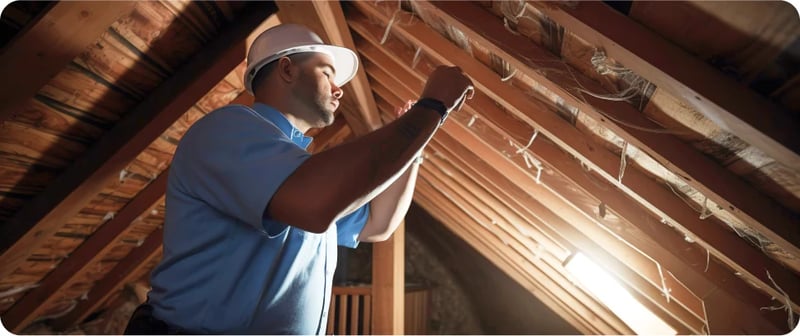
If your inspection revealed insufficient insulation, uneven coverage, or signs of moisture issues, it's time to consider a green insulation upgrade. Green Attic Insulation materials like cellulose or spray foam offer excellent R-value, are made from recycled materials, and can contribute to a healthier indoor environment.
For a professional assessment and installation of insulation, consult a certified professional like Green Attic Insulation specializing in sustainable building practices.
A well-insulated attic is an investment that pays off in the long run. By taking the time for a DIY inspection and addressing any issues, you can enjoy a cooler, more comfortable home while saving money and contributing to a greener Chicago!
Contact Green Attic Insulation if you have any other additional questions. We are here to help! Call us at (847) 929-9492 or email us [email protected]















.svg)
.svg)
.svg)
.svg)
.svg)
.svg)
.svg)
.svg)
.svg)
.svg)
.svg)
.svg)
.svg)
.svg)

.svg)
.svg)
.svg)
.svg)
-1.svg)
.svg)
.svg)

